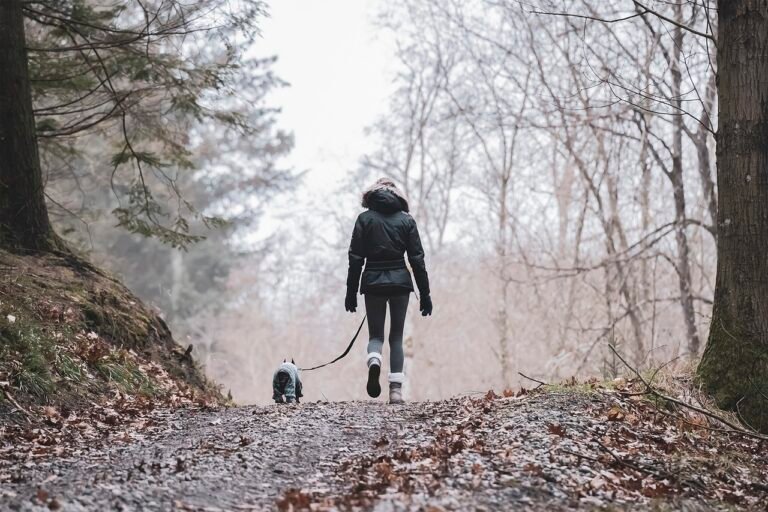Many backpackers face the challenge of fitting all their necessarys into a limited space. With the right packing techniques, you can make the most of every inch in your backpack. From rolling clothes to using packing cubes and compression bags, these innovative packing tips will help you maximize space efficiently and effectively. Say goodbye to bulky, overstuffed backpacks, and hello to a more organized and streamlined travel experience.
Understanding Backpack Capacity
Choosing the Right Backpack
Understanding the capacity of a backpack is crucial for backpackers. It determines how much gear you can carry and how comfortable your journey will be. When opting for a backpack, consider the duration of your trip and the type of activities you will be doing. A larger capacity is needed for longer trips or camping, while a smaller pack suffices for day hikes.
Understanding Volume and Weight Distribution
Weight distribution is key to a comfortable backpacking experience. Heavier items should be packed closer to your back and higher up in the backpack. This keeps the weight centered and helps maintain balance. Volume distribution is also imperative; bulky items should be packed first at the bottom, followed by heavier items. Lighter items can fill in the gaps and should be packed last.
Choosing a backpack with multiple compartments and external attachment points can help distribute weight evenly and organize your gear efficiently. Look for features like padded shoulder straps and waist belts to provide added support and comfort, especially when carrying heavier loads. Understanding how to distribute weight and volume in your backpack will make your adventures more enjoyable and hassle-free.
Essential Packing Techniques
The Art of Rolling vs. Folding
Essential for any backpacker is mastering the art of rolling vs. folding clothes. While rolling can save space and prevent wrinkles, folding might keep clothes more organized and easier to find. Experiment with both techniques to see what works best for your items and backpack layout.
Efficient Use of Packing Cubes
Efficient packing cubes are a game-changer for backpackers. These versatile organizers help separate and compress clothing, making it easier to find items and maximize space in your backpack. Use different cube sizes for various clothing types and pack strategically to make the most of your available space.
To efficiently use packing cubes, pack similar items together in each cube to easily locate your importants. Choose transparent cubes for visibility or color code them for different categories like tops, bottoms, and undergarments. Stack cubes vertically in your backpack to save space and keep items from shifting during transit.
Advanced Packing Strategies
You can find a wealth of knowledge on maximizing space in your backpack by browsing through resources like What is the best way to optimize space in your backpack?
Utilization of External Attachments
Advanced backpackers know the value of utilizing external attachments such as carabiners, straps, and pouches. By hanging items like water bottles, wet clothes, or even shoes on the outside of your pack, you can free up precious space in the main compartment for more necessary gear.
Balancing the Load for Comfort and Access
Packing your backpack in a way that balances the weight and keeps frequently needed items accessible is key to a successful backpacking trip. By placing heavier items closer to your back and towards the bottom of the pack, you can ensure better weight distribution and stability while on the move.
Adapting to Different Backpacking Scenarios
Adjusting Packs for Multi-climate Trips
Packs must be versatile for multi-climate trips. Choose a pack with modular compartments that can be adjusted to accommodate bulkier items for colder climates or condensed for hotter regions. Consider packing layers that can be easily added or removed to adapt to changing temperatures.
Special Considerations for Ultralight Backpacking
On ultralight backpacking trips, every ounce counts. Opt for a lightweight pack made of durable materials. Additionally, invest in ultralight gear such as sleeping bags, tents, and cookware. Keep in mind the minimalistic approach when packing – only bring imperatives and choose multi-purpose items whenever possible.
Another consideration for ultralight backpacking is the importance of proper training and physical conditioning. Lightening your pack weight is beneficial, but it also means relying more on your body for endurance. Build up your hiking stamina and strength before launching on an ultralight adventure to ensure a safe and enjoyable trip.
Final Words
As a reminder, maximizing space is crucial for backpackers looking to travel light and efficiently. By implementing these innovative packing tips such as rolling clothes, using packing cubes, and taking advantage of empty spaces within your backpack, you can make the most of the limited space available. With proper planning and organization, you can pack efficiently for your next adventure and avoid carrying unnecessary weight. Happy backpacking!







